anitch News

anitch News
Anesinin®: Science for your skin.
by Kevin Soo
on Oct 01 2025
Anesinin® is a cutting-edge, proprietary compound developed exclusively for Anitch’s eczema care range. Unlike traditional creams that simply moisturize or suppress inflammation, Anesinin® is designed to address one of the root causes of eczema flare-ups: the presence and activity of harmful bacteria, specifically, Staphylococcus aureus (often called “Staph”) on sensitive skin.
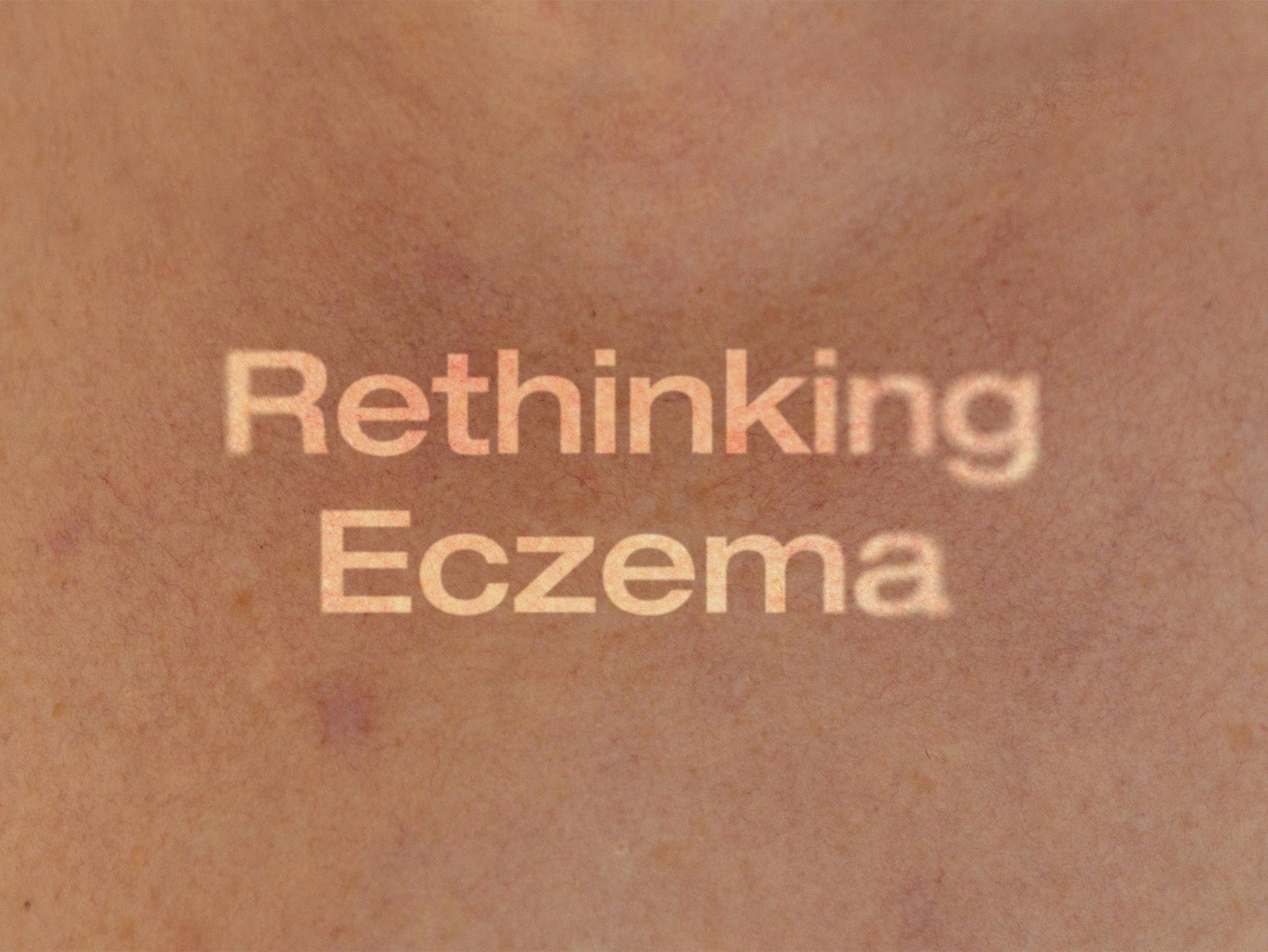
anitch News
by Kevin Soo
on Sep 25 2025
Rethinking Eczema Care
For years, people living with eczema have been told that flare-ups are simply a matter of sensitive skin, dryness, or an overactive immune system. Treatments like steroids and antibiotics have become the standard, offering short-term relief but often leading to side effects, microbiome imbalance, and repeated flare-ups.
Today, research tells us a different story: the real culprit behind eczema is Staphylococcus aureus (Staph), a common bacterium that behaves very differently on the skin of eczema patients compared to healthy individuals. With this discovery, a new path to care has opened—one centered on restoring balance instead of fighting against the skin.
Staph: The Hidden Driver of Eczema
Staph is found in about 30% of healthy people, usually without causing harm. But in people with eczema, colonization rates soar, and Staph is present on the skin of nearly all patients.
For a long time, scientists believed Staph only worsened eczema by causing infections. Now, research from top medical universities has proven that Staph is the primary cause of flare-ups. The reason lies in its ability to release virulence factors—toxins and enzymes that:
Trigger strong immune responses
Interfere with skin defences
Damage the barrier
Cause intense itch, redness, and inflammation
These factors explain why eczema-prone skin is more vulnerable to flare-ups and why symptoms like itching, oozing, scabbing, and golden crusting often appear when Staph is active.
The Flare-Up Cycle
When Staph takes hold, the process looks like this:
Increased Colonization: People with eczema harbor more Staph on their skin and even in the nasal cavity.
Immune Response: Once bacteria breach the barrier, the immune system overreacts, worsening symptoms.
Barrier Breakdown: Staph toxins further disrupt defences, keeping skin weak.
Ongoing Flare-Ups: The cycle repeats, making healing difficult.
Why Traditional Treatments Struggle
Steroids suppress inflammation but weaken the immune system over time, causing side effects.
Antibiotics kill harmful bacteria but also wipe out the good bacteria your skin needs—and Staph is becoming increasingly resistant.
These treatments may quiet symptoms for a while, but they don’t address the real trigger: Staph toxins.
A Smarter Solution: Anesinin®
Here’s where Anesinin® makes a difference. Instead of killing bacteria or suppressing immunity, this breakthrough bioactive compound blocks Staph’s ability to produce toxins and enzymes.
Staph stays on the skin—but in a harmless, non-inflammatory form
Flare-up triggers are neutralized at the source
The skin barrier is given the chance to rest, recover, and heal naturally
This approach marks a true paradigm shift: treating the root cause of eczema while preserving the healthy balance of the microbiome.
Living Well with Anitch®
At Anitch®, we’ve embraced this science as the heart of our skincare philosophy. By combining Anesinin® with nourishing, gentle ingredients, we’ve developed products that support balance instead of battle.
Face Cream: Lightweight daily hydration and barrier support
Body Cream: All-over relief for eczema-prone skin
Rescue Balm: Intensive care for sudden flare-ups, safe for both face and body
Together, they form a complete system designed to calm, protect, and empower your skin for the long term.
Conclusion
Living well with eczema doesn’t mean relying on harsh drugs or temporary fixes. Thanks to Anesinin®, and the care behind Anitch®, it’s now possible to address the true cause of flare-ups while protecting the skin’s natural ecosystem.
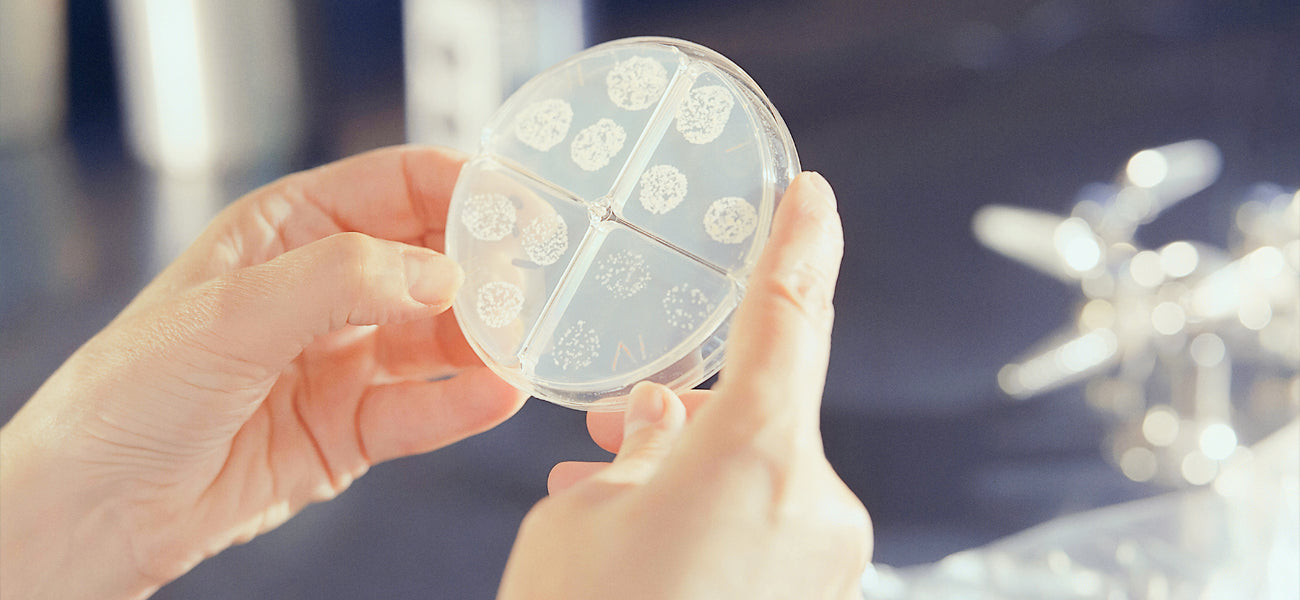
anitch News
Anesinin®: The Breakthrough Changing Eczema Care
by Kevin Soo
on Sep 25 2025
Anesinin® blocks Staph toxins that trigger eczema, protecting the skin’s microbiome. Discover how Anitch® brings balance, not battle, to skincare.
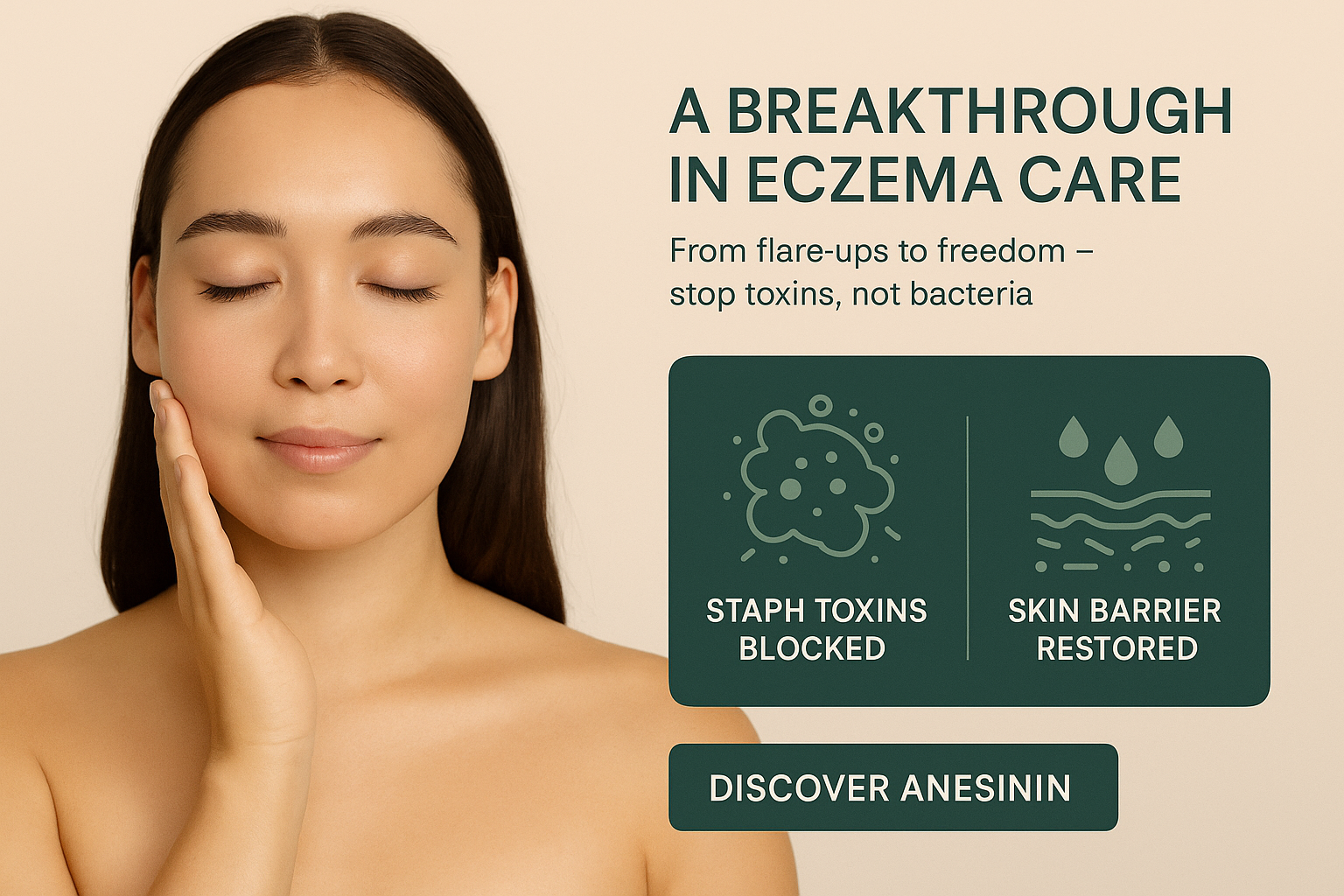
anitch News
How Staph Triggers Eczema — and How Anitch® Brings Relief with Anesinin®
by Kevin Soo
on Sep 23 2025
Eczema, or atopic dermatitis, is more than just dry, itchy skin. At its root, scientists have found that Staphylococcus aureus (Staph) bacteria are a major driver of flare-ups. Unlike traditional treatments that suppress the immune system or kill bacteria indiscriminately, new science shows that targeting toxins — not bacteria — is the key to breaking the eczema cycle.
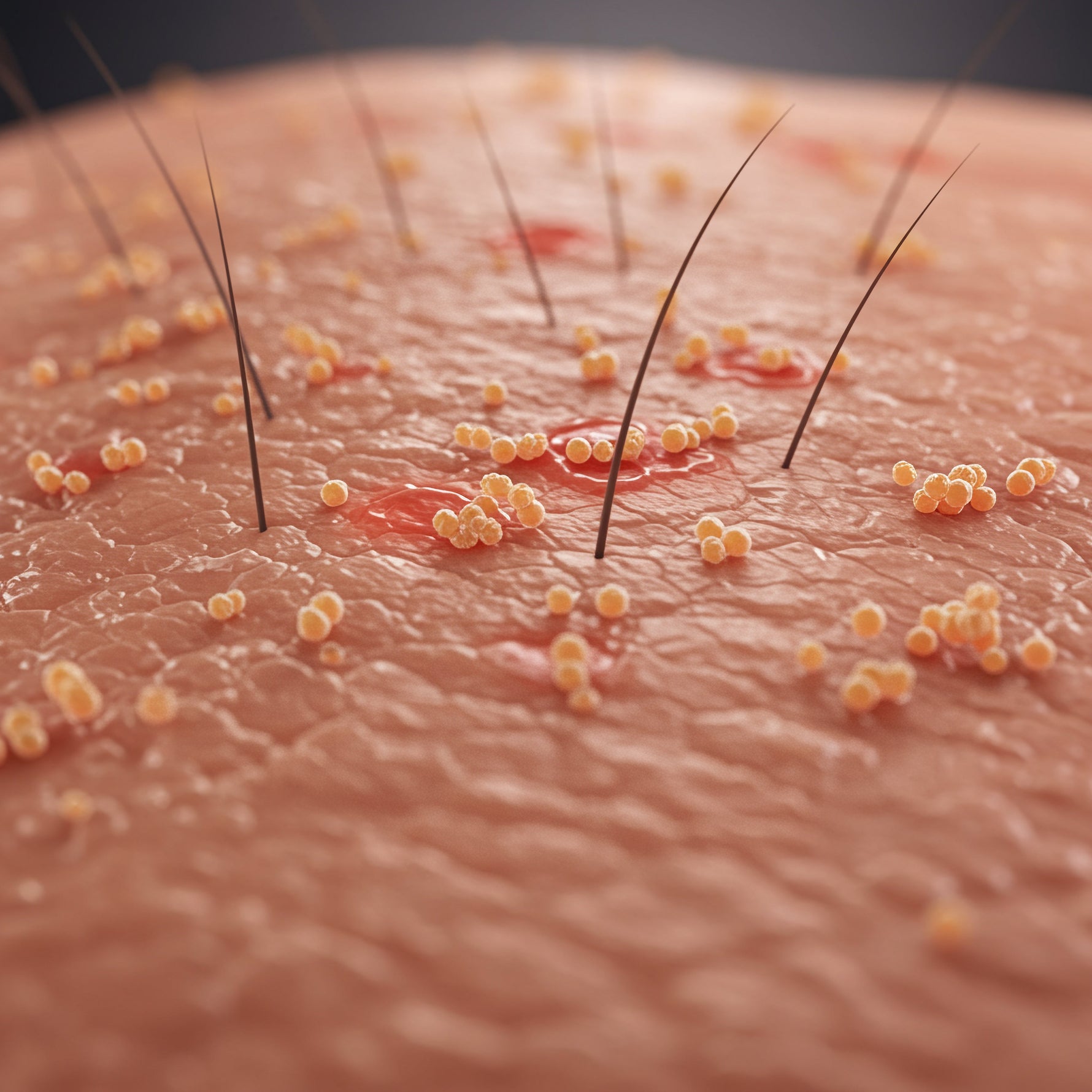
anitch News
The Skin Microbiome & Eczema: How Tiny Organisms Shape Our Skin Health
by Kevin Soo
on Sep 22 2025
Eczema flare-ups? Science points to one culprit: Staphylococcus aureus. But new research shows friendly bacteria may hold the key to restoring balance. Explore the future of eczema care in our latest blog.
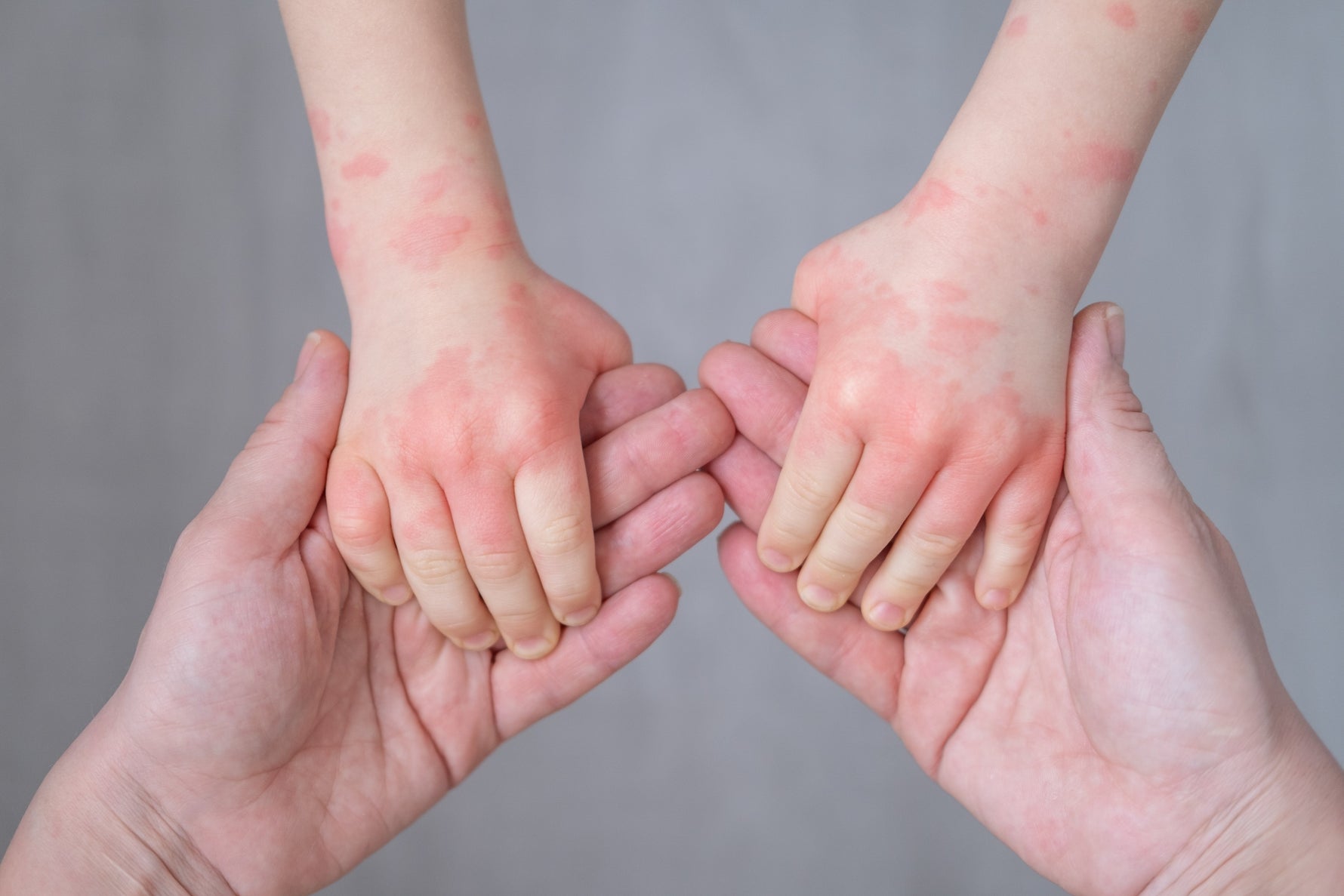
anitch News
by Kevin Soo
on Sep 22 2025
ANESININ®
The causes of atopic dermatitis (eczema) appear to be multi-faceted, and the central premise is related to dysfunctional (hyperactive) immune systems. However, contemporary evidence has pointed to an unprecedented theory regarding the pivotal role played by bacteria on the skin in the pathogenesis of atopic dermatitis. Indeed, the high percentage of colonization of certain species of bacteria in patients suffering from atopic dermatitis has lent credence to the current notion.
The relationship between bacteria colonization and atopic dermatitis is complex, with bacteria contributing to the pathogenesis of atopic dermatitis via exacerbation of skin inflammation and barrier dysfunction. Additionally, the presence of certain species of bacteria on the skin can induce an immune response that further exacerbates atopic dermatitis symptoms.
Anitch has delved into and manifested the copious potentials of our nature in searching for a natural remedy for atopic dermatitis. Forged by decades of university research, Anesinin is a groundbreaking skincare formula consisting of a unique blend of naturally occurring bioactive molecules that can render the bacteria on the skin harmless thereby precluding the trigger for inflammation and subsequent biochemical processes leading to atopic dermatitis. Juxtaposition of Anesinin and existing therapeutic treatment of atopic dermatitis also reveals the uniqueness of the technology. Anesinin, which renders the skin bacteria innocuous, is devoid of immunosuppressants (e.g. corticosteroids, PDE4 inhibitor, JAK inhibitors, etc.) which are commonly employed for pharmacological management of atopic dermatitis, and thereby eradicating the related devastating side-effects.
Taken together, Anesinin-based topical skin care would be revolutionizing and providing the spark to ignite the transformation of the current treatment paradigm of atopic dermatitis by providing an immunosuppressant-free anti-inflammatory treatment for atopic dermatitis.
